BY VINCENT L. HALL
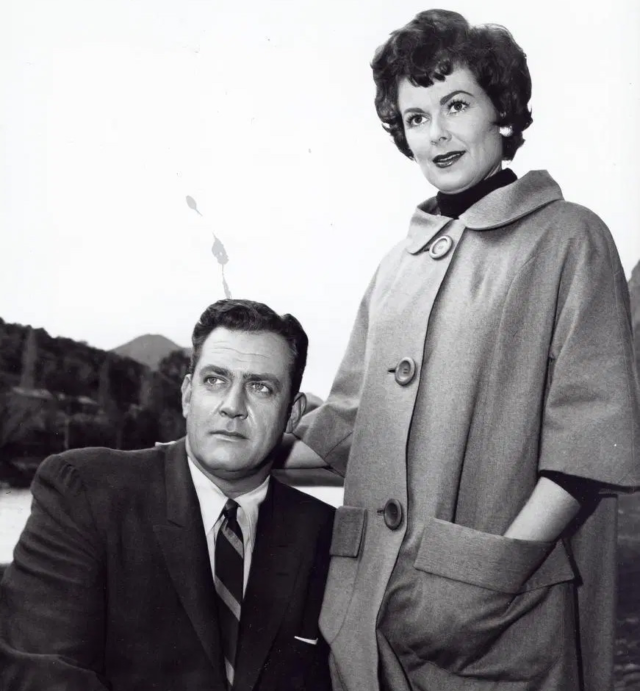
In my opinion, Perry Mason was the grandfather of all crime/ courtroom drama television and the penultimate. Long before someone coined “Black on Black crime,” we were having a ball watching White on White crime. Just like with any race, these murders were more about proximity than ethnicity. Anyway.
Raymond Burr played the role of a criminal defense lawyer that never lost a case. Truth be told, my life’s ambition was to be an attorney, and he, along with a great uncle, Herman English, provided the motive. I was thoroughly impressed by the mental agility, the cunning wit, and the impromptu theatrics that make for a good trial lawyer.
Although Perry was a bit portly, his bespoke suits, French cuffs, and unwavering hairline put him in a class by himself. He, along with his legal assistant and unofficial consigliere Della Street, was a formidable team. Paul Drake, equally dapper and well dressed as Perry, was the coolest private eye on earth. At least he was until John Shaft showed up in 1971. John Shaft was a bad mutha! (Shut yo mouth)
The legal drama series ran from September 21, 1957, to May 22, 1966. The threesome churned out 271 52-minute episodes, which secured Emmy Awards for Burr and Barbara Hale.
Los Angeles served as the backdrop for the weekly spellbinder, although several episodes landed Perry in courtrooms around the area. Wherever there was an underdog in danger of losing their freedom unjustly, Mason was on the case and many times pro bono.
The scripts were well written and loaded with legal jargon. Burr’s command of speech and theatrical placement was flawless. Every show was a nailbiter, and the entire plot was never revealed until the show’s end. Every viewer had the extraordinary task of trying to discern who the culprit was, and that was no easy feat.
But what I love so much about Perry Mason eclipses the courtroom fisticuffs and the ill- fated criminal intent. The show always provided some nuggets of wisdom. You could leave every episode with a quotable line, a moral to the story, or some good sound counsel.
In this particular episode, Perry fell into defending a client that did not seek him out. A young man returning from jail for vehicular manslaughter faced a town full of folks who hated him.
The unfortunate lad had been driving drunk and killed his female companion but survived the crash. The young lady was the daughter of the Chief of Police, and everyone was awaiting his return. The townsfolk had their own brand of vigilante justice in mind.
The innkeeper who explained it all to Perry left one sentence, but the brainy barrister answered in a few words that spoke volumes. “This idiot smashed his car that killed the young lady, and he never got a scratch.”
Mason looked downward, took a deep breath, let out a sigh, and made a profound retort to the innkeeper’s brash summation. “Nothing is all black or all white. Sometimes there’s a scar you can’t see.” Now that will preach!
Recently, I met with two of my mentees, Brotha Shaw and Byron. I call them mentees, but they always teach me more than I could possibly impart to them.
I had come to the breakfast meeting poised to ask one question. My curiosity centered on understanding what undercurrent in our community that causes such wanton and senseless violence. We have kids on the street committing homicides and serious injuries that just do not seem logical.
My thought was that it was connected to a couple of prominent “rap beefs” in our community. One of the brothers mentioned “Murder Rap,” a genre of the artform that glorifies and encourages killing other sects, gangs, and hoods.
We never came up with an answer better than Perry’s. Unfortunately, there is a hidden scar in our community, and it will take an impartial and intergenerational jury to close the case. We got scars and innocent people are dying!
Vincent L. Hall is an author, activist, and an award-winning columnist.

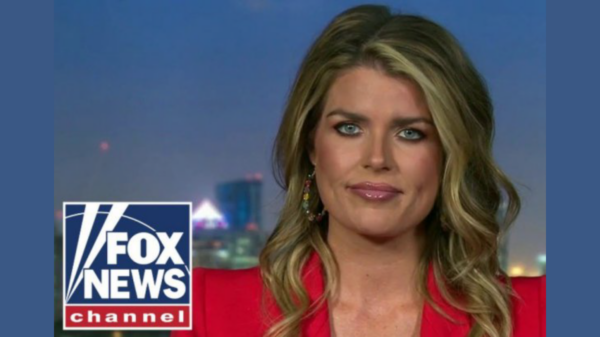

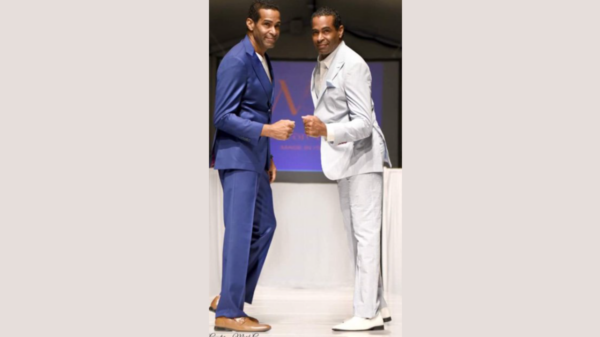

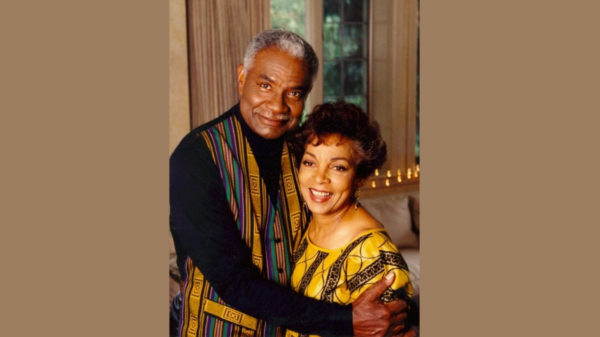
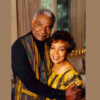
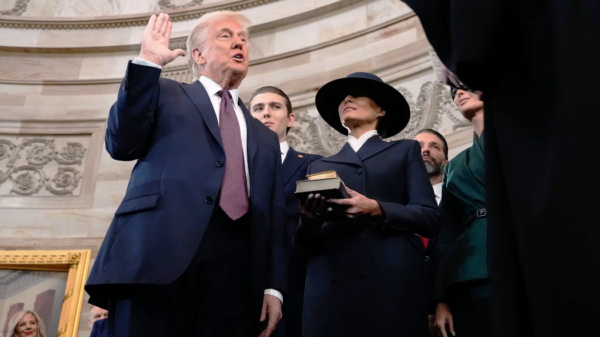

You must be logged in to post a comment Login